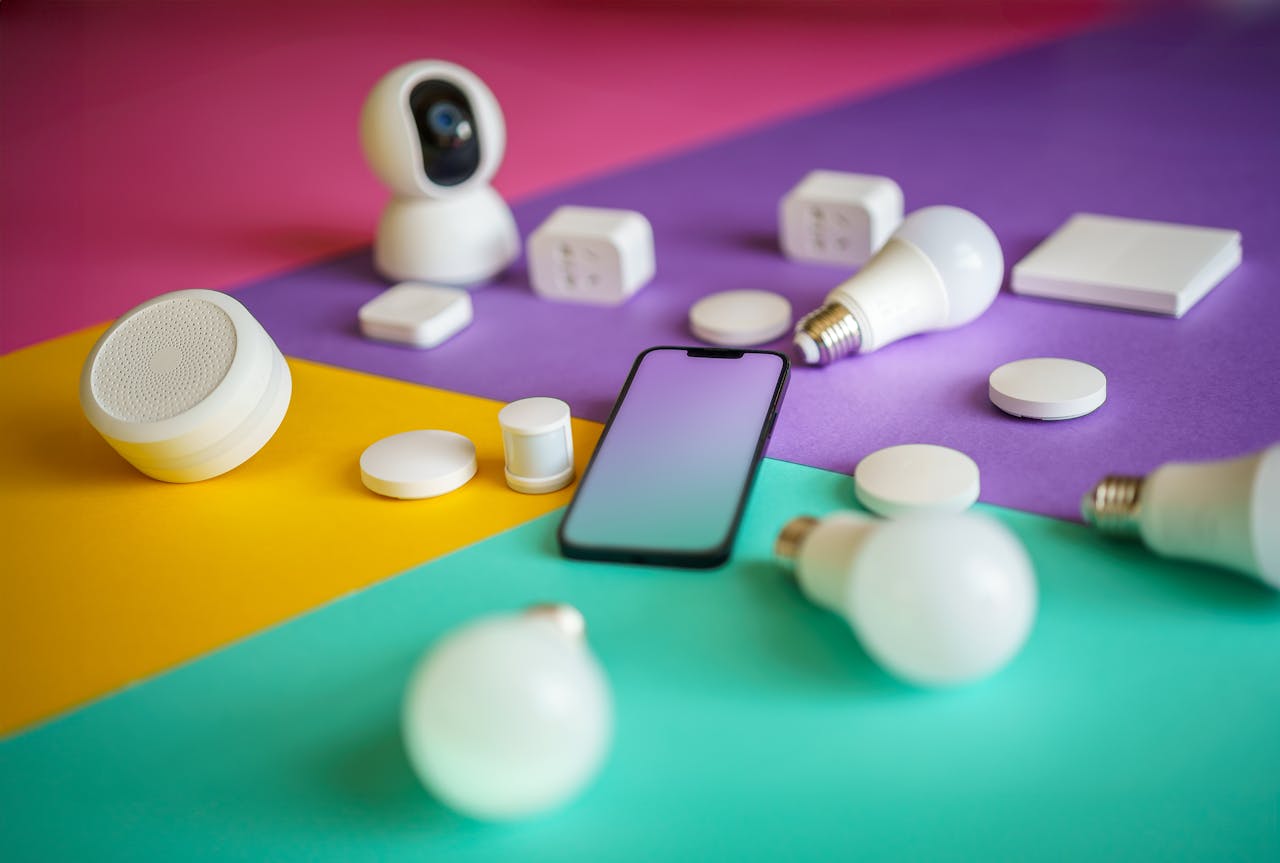Smart sensors play a big role in making sure hospitals are run efficiently and safely, especially when handling sensitive materials like medications and blood products. These sensors are part of the behind-the-scenes work that folks don’t think about when they visit a hospital. Yet, they’re critical in keeping everything running smoothly, ensuring the right temperature is maintained, and sending alerts to staff when something isn’t quite right. In places like hospitals in Durham, NC, where technology meets care, these little devices are key to maintaining a safe environment for everyone.
But like any tech, smart sensors can have their off days. When hospital staff encounter issues with these sensors, it can cause disruptions and potential risks to the quality of care. Things like battery problems, connection hiccups, and calibration errors can crop up. Understanding these issues and knowing how to fix them quickly can be a lifesaver—not just for the equipment but for the patients who depend on it.
Recognizing Common Smart Sensor Issues
Hospitals count on sensors to keep everything in check, so when these sensors stumble, it’s crucial to pinpoint the problem fast. A few common issues can arise with these tech helpers:
– Battery Life and Power Supply Problems: Like your TV remote dying when you’re about to watch your favorite show, sensors can also face battery issues. Sometimes, they don’t hold as much charge over time, leading to unexpected shutdowns. Having a plan to check and replace batteries regularly is essential to avoid any unexpected downtime.
– Connectivity and Network Challenges: It’s frustrating when your Wi-Fi cuts out at home, and the same goes for sensor networks in hospitals. Connection issues can lead to missed data or false alerts. Making sure there’s strong coverage and keeping all network hardware updated can help minimize these hiccups.
– Calibration and Accuracy Concerns: Over time, sensors can give readings that are a bit off, like a scale that keeps telling you that cake’s a good idea. Regular calibration ensures they stay accurate, providing reliable data for hospital staff to act on.
When these common issues pop up, having the right knowledge and tools to troubleshoot can save the day, ensuring that hospital operations continue smoothly without compromising on patient care.
Effective Troubleshooting Techniques
When smart sensors give trouble, it’s key to have some straightforward fixes on hand to ensure they get back to work without a hitch. First up is the battery. Just like any other gadget, if sensors aren’t functioning correctly, checking the battery is a solid first step. Swap out old batteries for fresh ones and keep extras on hand to avoid future interruptions.
Then, there’s the question of connections. A spotty network can create confusion, but it’s often an easy fix. Ensure that connections are stable by checking all networking equipment, like routers or switches, are operating correctly. Sometimes, a simple restart can do wonders.
Calibration is another area where regular attention can pay off. Just as you’d adjust a clock that’s running fast or slow, ensuring sensors are calibrated regularly keeps them accurate. Using a checklist for these maintenance tasks can prevent little problems from turning into bigger issues, saving time and stress in busy hospital environments.
Best Practices for Preventing Sensor Issues
While troubleshooting gets sensors back on track, stopping issues before they start is even better. Routine system checks and audits go a long way. Create a schedule to regularly inspect sensor systems, making sure everything is functioning as it should. This proactive approach helps catch small glitches before they lead to bigger headaches.
Preparation doesn’t stop there. Training staff to understand how these systems work means everyone can pitch in to monitor and maintain equipment. When everybody knows how to spot potential problems, it’s easier to keep everything running smoothly.
Lastly, having a backup plan is more than just a good idea—it’s necessary. Implementing backup systems ensures there’s a safety net if one part of the system fails. This avoids potential data loss and helps maintain accurate monitoring even when things don’t go according to plan.
Choosing the Right Solutions for Hospital Settings in Durham, NC
When selecting smart sensor systems for hospitals, it helps to know what features are essential. Look for systems that offer real-time monitoring and easy-to-read reports. These features provide peace of mind, knowing alerts are accurate and data is readily available for regulatory compliance.
Another key factor is system integration. Choose systems that work well with existing hospital technologies. This means less hassle during implementation and a smoother operation overall. Additionally, opt for those with strong customer support to assist if any new challenges arise.
Keeping Your Hospital’s Smart Sensor Systems in Top Shape
Staying ahead of sensor issues and ensuring your hospital’s systems are in tip-top shape boils down to preparedness and prevention. By following regular maintenance routines, training staff adequately, and preparing for potential issues with backups, hospitals can avoid disruptions and maintain optimal operations.
Reliable temperature monitoring isn’t just about compliance; it’s about providing the best care possible. By investing time and resources into proper sensor management, hospitals can ensure a safe, efficient environment for both staff and patients.
Ensure your hospital’s operations remain seamless and effective with Qualified Controls. Our expertise in managing smart sensor temperature systems can help prevent disruptions caused by sensor issues and maintain the quality of patient care.
Discover how our innovative solutions and proactive maintenance strategies can make a difference in your facility. Embrace a future of streamlined and reliable monitoring with us.


